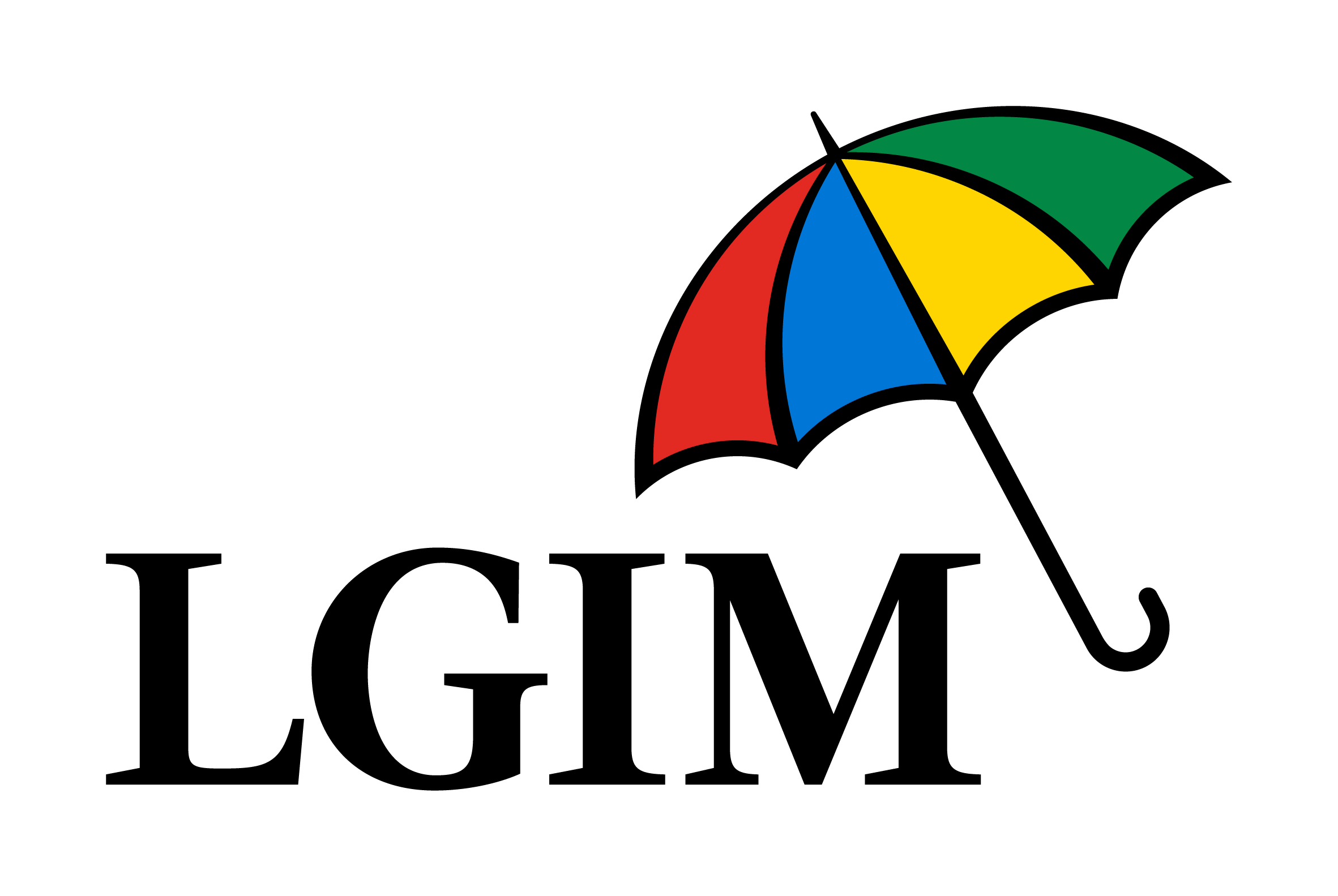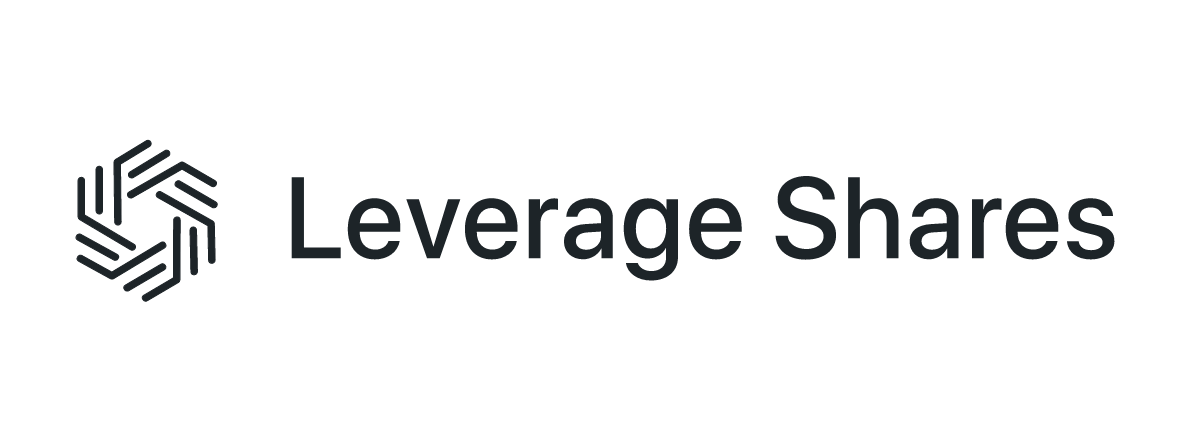Rising barriers to entry due to Brexit and growing interest in Europe’s exchange-traded product (ETP) and nascent active ETF market have seen entrants in the white-label space grow four-fold in the space of a month.
Until June this year, HANetf was the only comprehensive white-label ETF and exchange-traded product (ETP) issuer in Europe but the summer months have seen competition heat up.
Leverage Shares launched its white-label offering on 13 June with Iconic Funds announcing its ambitions just days later, both looking to capitalise on the budding ETP space. The following month, ETF Stream revealed Waystone ETF’s entry to the market, making two heavyweight hires as it plans to offer a full suite of ETF solutions for interested asset managers.
Traditionally a way of overcoming the cost and complexity of launching ETFs from scratch, white-labelling offers the infrastructure needed to launch ETFs and ETPs including platforms, regulatory approvals, seed capital, exchange listing, fund management, trading networks and distribution.
While Europe does have a legacy in the white-labelling space, it remains someway off the which currently boasts eight different white-label houses. In 2013, Canvas ETF was launched by ETF Securities in the UK, a business it later sold to Legal & General Investment Management and Algo-Chain via model portfolios.
HANetf picked up the baton in 2018 and founders Hector McNeil and Nik Bienkowski have managed to engineer a significant head start on its new rivals, growing to over $3bn in assets under management (AUM), however, the increasing barriers to entry are fuelling the market further.
Barriers to entry
One of the biggest issues facing asset managers looking to launch ETFs in Europe is the Brexit hangover. The transition period since Brexit has been a driver for the European white-label market, particularly the UK, as players looking to enter could face eye-watering legal costs and lengthy delays until the new Overseas Funds Regime (OFR) is implemented.
This was the problem for Roundhill Investments which launched the world’s first metaverse ETF in March but does not want to distribute it to the UK via the Financial Conduct Authority’s (FCA) current Temporary Permissions Regime (TPR).
The problem is a potentially costly one for new market entrants. The UK accounts for roughly 25% of the European ETF market, a figure US firm Grayscale – which entered Europe in May via HANetf – was not willing to ignore.
McNeil said: “It is a problem for anyone looking to enter the market full-stop. The FCA’s TPR means that it takes years to get onboarded not the UK and potentially £50,000 to £100,000 per ETF.”
This has the potential to cause problems for Europe-domiciled white-labellers which have recently entered the market such as Waystone ETF. However, the business said its platform scale ensures we have multiple umbrella structures that have TPR permissions.
Paul Heffernan, CEO of Waystone ETF, said: “One of Waystone’s core business lines is providing institutional platform solutions to clients. This means we take our client’s investment ideas, as the Brexit hangover and demand for new types of ETFs and ETPs marks new opportunities for firms European ETF white-label market red hot as Brexit barriers boost demand whether illiquid or liquid and house them in a fund wrapper.
“We can do this in both ETF and non-ETF wrappers and across multiple domiciles for international distribution. We have a deep footprint in all major investment fund markets including the US, Europe and the Asia Pacific.”
White hot demand
Raj Sheth, commercial director at Leverage Shares, which entered the white-label market with its Kronos Strategy ETP (KRON), said the maturing ETF ecosystem in Europe has allowed smaller white-label firms to come to market.
“Previously it has been a big boy’s game. Now you have lower platforming prices it opens the market structure to more entrants,” he said. “The market has matured enough for costs to come down to create an ecosystem people are much more comfortable with.”
Sheth added an oversaturated broad beta ETF market is resulting in larger asset managers looking to convert their existing mutual funds into active ETFs while driving demand for innovative products such as thematic ETFs and digital asset ETPs.
“The main passive strategies have been done,” he said. “Growth is now going to come from big houses cannibalising their active products or looking at completely new asset classes like crypto.”
White-label issuers in Europe quietly tripled in a week
It is the potential demand for active ETFs in Europe which has piqued Waystone ETF’s interest. The issuer is shooting for active managers that are yet to enter the ETF space but now realise they must “get into the game”.
Speaking to ETF Stream when it launched, Heffernan said: “We believe our product structuring capabilities can lend itself to bring in some of those active strategies to market that may or may not fit into mutual fund conversions. We see the trends that are coming out in the US and we expect those trends to follow into Europe.”
On the product side, McNeil said demand is being driven by US issuers which have seen a gap in the market in Europe for more innovative ETPs. Out of HANetf’s 28 UCITS ETFs, 12 have US-listed counterparts.
“If you look at the US, there are so many more entrepreneurs in the issuing space where there is almost zero in Europe,” he said. “That is because barriers to entry are so high here.”
Room for all?
While white-label ETF issuers are welcoming of the competition overall, it is key for participants to have differentiators. Sheth said Leverage Shares offering would come in at a lower cost than its ETP competitors. “Our costs are much lower compared to our rivals and this opens up the market structure to many more people who may want to use it.”
The firm said it aims to have five to 10 white-label products by the end of the year noting the higher end represents a “critical mass” for the business. Despite the emerging rivalry in the market, McNeil believes competition is a positive, highlighting the demand and legitimising the white-label model.
“Rising competition gives the sector more credibility. People generally do not like just one provider either, it keeps us on our toes as well,” he said.
Heffernan agreed: “Competition is great for any industry. We believe clients want optionality when it comes to deciding on how to enter the European ETF market. We are delighted to be part of the discussion and help where it makes most sense.”
This article first appeared in ETF Insider, ETF Stream's monthly ETF magazine for professional investors in Europe. To access the full issue, click here.
Related articles








